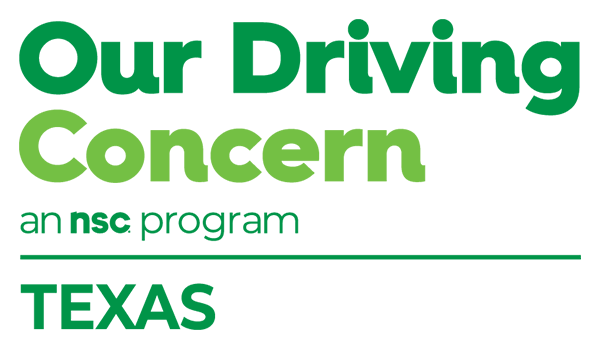According to the Centers for Disease Control and Prevention, more than one-third of U.S. adults report sleeping less than seven hours a day, considered the benchmark for good health and well-being. Drowsy driving occurs when drivers take the wheel despite experiencing feelings of sleepiness and fatigue.
But drowsy driving is not only a result of lack of sleep. Drowsy driving can be brought on by items such as untreated sleep disorders, alcohol consumption, taking medications and the disruption on one’s body clock, often triggered by shift work.
In Wake Up Call! Understanding Drowsy Driving and What States Can Do, the Governors Highway Safety Administration reports nearly 83.6 million sleep-deprived Americans can be found on a typical day in the workplace, at school and on the road.
The consequences can be deadly.
What Employers Need to Know
In the U.S., drowsy driving contributed to more than 4,000 motor vehicle fatalities between 2013 and 2017, according to the National Highway Traffic Safety Administration. NHTSA estimates the annual societal cost of fatigue-related fatal and injury crashes to be nearly $110 billion, not including property damage.
Employers pay for crashes that occur on and off the job in a variety of ways, such as health, life and disability payments, sick leave, contributions to workers’ compensation programs, medical and liability insurance.
Texas Drowsy Driving
In 2019, drivers who were fatigued or asleep at the wheel contributed to 9,198 crashes in Texas — more than 25 every day — according to the Texas Department of Transportation. The results of these drowsy driving incidents are eye-opening:
- 172 fatal crashes
- 501 suspected serious crashes
- 1,526 non-incapacitating crashes
What Can Be Done to Address This Issue
Drowsiness can impact basic behind-the-wheel skills such as:
- Attention span
- Reaction time
- Judgment
Some vehicles today are equipped with technology that can detect when a driver is about to nod off and deliver a warning signal. The best advice is to learn the signs of drowsiness – head-bobbing, yawning, etc. You are still your vehicle’s best safety feature. If you’re tired, pull over. Three more ideas to share at your workplace:
- Take a nap (20 minutes of sleep can alleviate feelings of drowsiness, at least temporarily)
- Drink a caffeinated beverage (coffee or cola)
- Schedule travel breaks (use this map to locate a Texas rest area)
